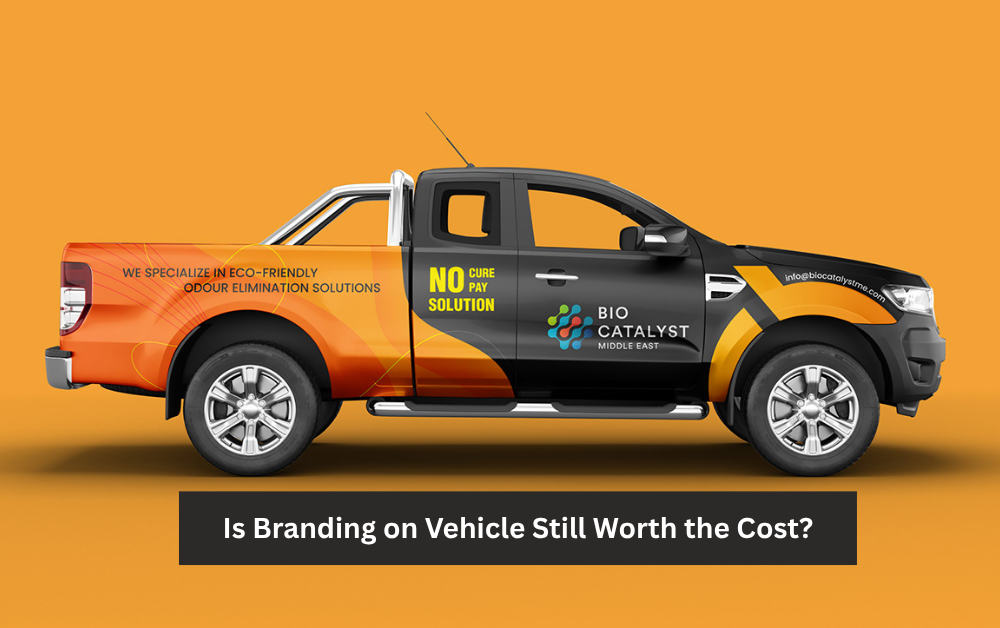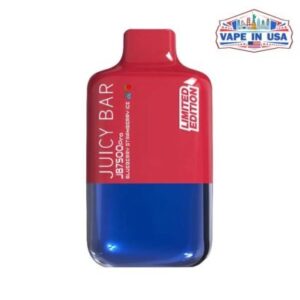
In today’s rapidly evolving marketing landscape, businesses are constantly searching for innovative and effective ways to reach their target audiences. Vehicle branding—using cars, trucks, vans, or any company vehicles as mobile advertisements—has been a popular method for decades. However, with the rise of digital marketing and online advertising platforms, many companies are questioning whether investing in vehicle branding is still worthwhile. This article explores the value of vehicle branding in the current marketing environment, analyzing its benefits, costs, challenges, and how it compares to alternative advertising strategies.
The Concept of Vehicle Branding
Vehicle branding refers to the practice of applying customized graphics, logos, contact information, and promotional messages onto vehicles owned or operated by a company. This branding can range from simple magnetic signs to full vehicle wraps that cover the entire exterior of the vehicle. The primary goal is to turn company vehicles into mobile billboards, creating brand visibility wherever the vehicle travels.
Vehicle branding is often used by businesses such as delivery services, contractors, real estate agents, and any company that uses vehicles regularly as part of their operations. It is considered a form of out-of-home (OOH) advertising that physically connects a brand to the community.
Advantages of Vehicle Branding
Continuous Exposure to Local Audiences
One of the key advantages of vehicle branding is its ability to offer continuous and repetitive exposure to local consumers. Unlike a single-use flyer or a temporary digital ad campaign, vehicle branding delivers impressions every time the vehicle is on the road or parked in visible locations. This helps reinforce brand recognition over time, especially within local neighborhoods or business districts.
Cost-Effectiveness Compared to Other Advertising Methods
Although the initial cost of vehicle wraps and decals can seem high, the long-term cost per impression is generally lower than other traditional advertising channels such as billboards, radio, or TV ads. After the initial investment, vehicle branding incurs little to no additional cost, making it an efficient way to maintain ongoing visibility without recurring expenses.
Builds Professionalism and Trust
Branded vehicles can elevate a company’s image by providing a sense of professionalism and legitimacy. When customers see branded vehicles on the road or arriving at their doorstep, it reassures them that they are dealing with an established business. This can be particularly important for service-based businesses where trust and reputation are critical.
Mobile and Versatile Advertising
Unlike static billboards, vehicle branding is mobile and can reach a wide variety of locations and demographics. This flexibility means a business can promote itself in multiple neighborhoods, business hubs, and event venues without paying for multiple advertising placements.
Note:- Nova-sign executed professional Branding on vehicle services, turning ordinary cars into powerful marketing tools. Our past work enhanced brand visibility and attracted new customers efficiently. Don’t miss out on this proven strategy connect with Nova-sign today to get your vehicle branded by the experts!
The Costs Involved in Vehicle Branding
Initial Design and Production Expenses
The design phase involves creating artwork that effectively communicates the brand message and complies with vehicle dimensions and shapes. Professional graphic designers may be hired to ensure the design is impactful. After design approval, printing and production of the vinyl wrap or decals take place, which involves specialized materials and equipment.
Depending on the size of the vehicle and the complexity of the design, costs can vary widely—from a few hundred dollars for small decals to several thousand for a full vehicle wrap.
Installation and Maintenance
Applying the vehicle branding requires professional installation to ensure a smooth, bubble-free finish that lasts for years. Poor installation can lead to peeling or fading, reducing the impact and lifespan of the branding. Maintenance costs may also arise if the branding needs repairs or updates.
Potential Depreciation of Vehicle Value
Some businesses worry that vehicle wraps may affect the resale value of their vehicles. However, quality wraps actually protect the original paint underneath, often preserving the vehicle’s condition and sometimes increasing its resale appeal. Still, this is a factor to consider if vehicles are frequently updated or replaced.
Effectiveness of Vehicle Branding in the Digital Age
Relevance Amid Digital Marketing Growth
With the rise of social media advertising, search engine marketing, and influencer promotions, some companies question if physical advertising like vehicle branding still holds value. Digital marketing allows for precise targeting, real-time performance tracking, and often lower upfront costs. Despite these advantages, physical branding remains highly relevant, particularly for local businesses aiming to build community presence.
Integration with Digital Campaigns
Vehicle branding can complement digital marketing efforts. For example, including social media handles, QR codes, or website URLs on vehicles can drive online engagement. This combination can create a seamless offline-to-online customer journey, maximizing brand exposure and interaction.
Measuring Impact and ROI
One challenge with vehicle branding is quantifying its return on investment (ROI). Unlike digital ads that provide analytics such as click-through rates and conversions, vehicle branding impressions are estimated through traffic data and viewer studies. Businesses must rely on indirect metrics like increased local inquiries or sales attributed to brand recognition. Despite this, many companies report positive feedback and steady lead generation through vehicle branding.

Challenges and Limitations of Vehicle Branding
Limited Targeting Compared to Digital Ads
Vehicle branding is less targeted than online marketing. The vehicles move through various areas, potentially reaching people outside the ideal customer profile. This can result in less efficient ad spending if the brand message does not resonate with broad audiences.
Wear and Tear Exposure
Because vehicle branding is exposed to weather, road conditions, and potential damage, there is a risk of fading, peeling, or vandalism. These issues may require periodic refreshes or replacements, adding to maintenance costs.
Design Constraints
Vehicle shapes and sizes limit how much information can be displayed without overwhelming the viewer. Effective branding must be concise and visually striking, balancing marketing goals with aesthetic appeal.
Industry Examples of Vehicle Branding Success
Many businesses continue to invest in vehicle branding due to its proven effectiveness. Delivery companies like UPS and FedEx are classic examples, using branded vehicles to reinforce brand visibility daily. Local contractors and tradespeople often use wraps and decals to advertise services directly in neighborhoods where potential clients live.
Restaurants and food trucks also benefit by transforming vehicles into moving billboards that advertise their menu and location. These examples demonstrate that vehicle branding remains a valuable tool for building brand presence and driving customer engagement.
Conclusion
Is branding on vehicles still worth the cost? The answer depends on several factors including business goals, target audience, budget, and marketing strategy. For companies aiming to increase local visibility, reinforce professionalism, and create ongoing impressions without recurring ad costs, vehicle branding remains a compelling option. Although digital marketing offers precision and analytics, physical advertising like vehicle branding delivers unique benefits through its mobility and tangible presence.
Businesses that carefully plan their vehicle branding design, quality installation, and integration with broader marketing efforts can realize significant value from this strategy. While it requires an upfront investment and ongoing maintenance, the lasting impressions made by branded vehicles often justify the cost.
In summary, vehicle branding continues to hold a relevant and effective place in the marketing mix, especially for local and service-oriented businesses looking to stand out in their communities.
For More Insightful Articles Related To This Topic, Feel Free To Visit: Blogpulseguru




